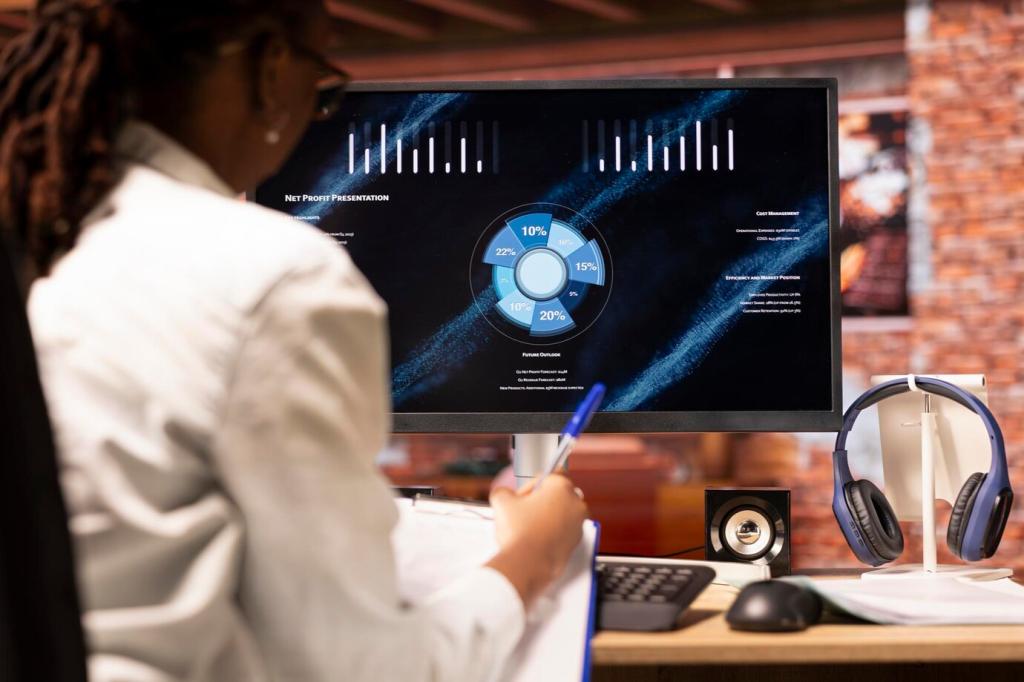Risk Registers That Actually Drive Decisions
Translate technical findings into risk statements that name asset, threat, vulnerability, and impact. This conversion ensures your register reflects real exposure rather than a disconnected list of controls or issues.
Risk Registers That Actually Drive Decisions
Whether using impact-likelihood matrices or FAIR-style distributions, define scoring rules upfront. Tie thresholds to business tolerances so prioritization reflects appetite, not just the loudest voice in the room.
Risk Registers That Actually Drive Decisions
Assign accountable owners, review dates, and escalation triggers. Update entries when systems change or new threats emerge, keeping the register a dynamic guide rather than a forgotten compliance artifact.









